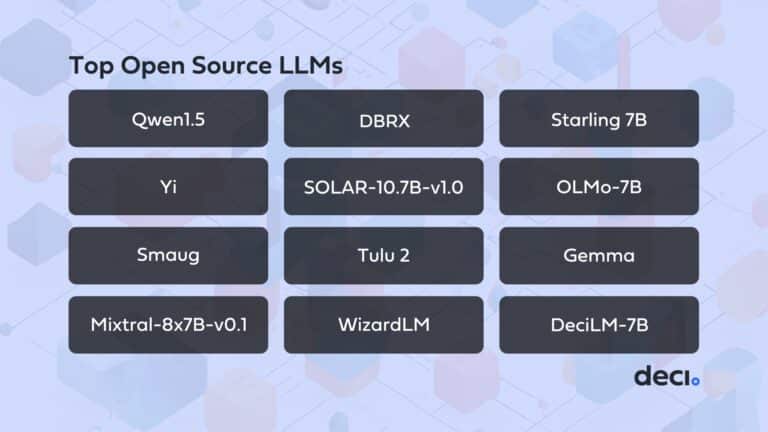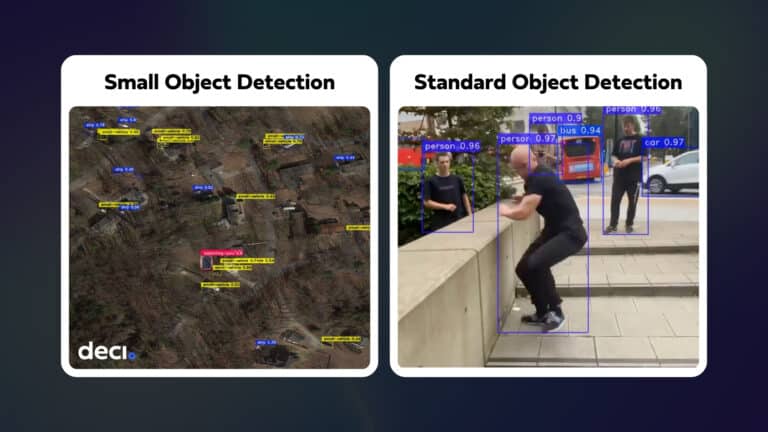A full version of this article was first published on AV Magazine
Many organizations have had to shift business processes last year. Remote working trends accelerated, prompting a surge in demand for video conferencing apps and innovative communication techniques.
New coronavirus cases are now trending downward. But behaviors adopted because of the pandemic are likely to continue. PwC found that only 17% of business leaders plan to abandon remote work entirely once they can, with most considering a hybrid model. McKinsey & Co. also found that on average, executives are looking to reduce office space by 30%. As working remotely becomes permanent, 72% of companies are planning to invest in tools that enhance virtual collaboration.
The success of a remote or hybrid work setup depends on many factors. One of which is using the right tools and solutions that promote effective teamwork, seamless communication, and digital flexibility.
AI can help video conferencing providers enable businesses to accomplish these objectives. For example, advances in natural language processing are now being used in smarter transcriptions and unwanted background noise cancellation. Computer vision, meanwhile, allows users to change backgrounds and create at-work avatars.
The catch is, the AI features that make remote work collaborative, efficient, and even fun require large computing resources. But there is a solution, and that is to leverage efficient algorithms that guarantee seamless user experience on any device in real-time, without compromising on accuracy.
To know more about how AI can deliver better video conferencing and virtual communication experiences, click here to read the article on AV Magazine, or book a demo with us.










